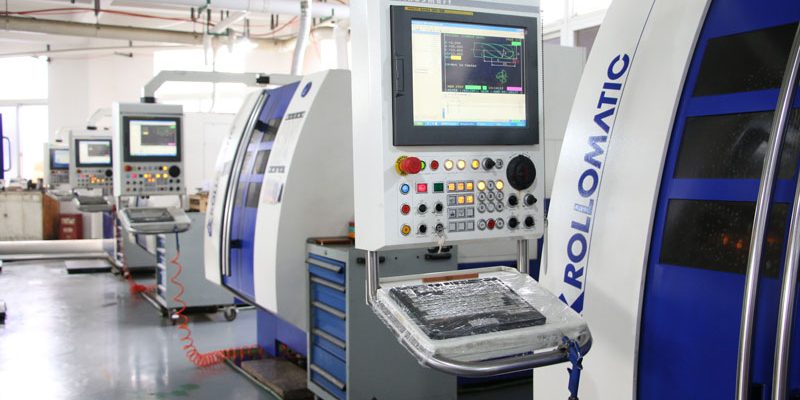How to Achieve a Machining Precision of 0.001mm
In modern manufacturing, the demand for high precision in parts is increasing, especially in industries such as aerospace, medical devices, and high-end electronics. In these fields, precision requirements can reach the micron level, or 0.001mm. Achieving this level of precision requires more than just advanced CNC machining centers—it necessitates a comprehensive approach, including equipment selection, environmental control, process optimization, operator skills, and strict quality control. This article explores how to achieve 0.001mm precision in actual production.
1. Choosing High-Quality Equipment
High-precision machining starts with high-quality equipment. While many brands of CNC machining centers are available on the market, not all can achieve micron-level precision. Top brands such as DMG MORI, Mazak, and Haas manufacture high-end machine tools with advanced design, manufacturing techniques, and materials, ensuring superior machining accuracy.
Equipment selection should be based on specific machining requirements. Besides performance parameters, factors such as machine rigidity and stability must also be considered. Machines with high rigidity reduce vibrations during machining, ensuring process stability and improving part precision.
2. Controlling the Operating Environment
Environmental conditions significantly affect high-precision machining. Temperature and humidity fluctuations cause thermal expansion and contraction in both the machine and workpieces, impacting accuracy. Thus, high-precision machining workshops should have temperature control systems to maintain stable environmental conditions.
Additionally, vibrations from external sources must be minimized. For example, heavy machinery operating in the workshop can generate vibrations that transfer to the machine tools, reducing precision. To counteract this, vibration isolation measures should be implemented, such as using vibration-damping foundations or isolating vibration sources.
3. Using High-Quality Tools and Fixtures
The quality of cutting tools and fixtures directly influences machining accuracy. High-precision cutting tools should have excellent hardness and wear resistance to maintain sharpness under high loads. Additionally, selecting the appropriate tools for specific materials helps minimize tool wear and thermal deformation.
Fixtures play a crucial role in ensuring both stability and positioning accuracy of the workpiece. In high-precision machining, fixtures must firmly secure the workpiece while maintaining precise positioning. Therefore, high-precision fixtures should be used and regularly calibrated and maintained.
4. Developing a Precision Machining Process
The rationality of the machining process directly affects precision. When designing the process, factors such as workpiece material, shape, size, and machining requirements must be considered to determine the best machining methods and parameters. For instance, for materials with high hardness, appropriate cutting speeds and feed rates should be selected to reduce tool wear and thermal deformation.
In multi-step machining, the number of clamping and repositioning steps should be minimized, as each operation introduces new errors. Whenever possible, multiple machining steps should be completed in a single setup to enhance accuracy.
5. Implementing Strict Quality Control
Achieving high-precision machining requires rigorous quality control measures. Throughout the machining process, high-precision measuring instruments should be used for real-time inspection. Devices such as coordinate measuring machines (CMM), laser interferometers, and microscopic measuring instruments provide highly accurate measurements of part dimensions and shapes, helping to identify and correct machining errors in a timely manner.
Additionally, online monitoring systems should be used to track tool wear, machine status, and machining parameters in real time. Adjusting parameters accordingly ensures consistent precision throughout the production process.
6. Training and Managing Operators
The skills and experience of operators play a critical role in high-precision machining. Therefore, systematic training programs should be implemented to ensure operators master machining techniques and machine tool operation. At the same time, strict operating procedures and quality management systems should be established to regulate workflows and minimize human errors.
Regular technical exchanges and training sessions help operators stay updated on the latest machining technologies and equipment maintenance methods, enhancing their expertise and operational skills.
Conclusion
Achieving 0.001mm machining precision is a challenging task that requires a combination of high-quality equipment, controlled environmental conditions, precise process planning, advanced measuring instruments, and skilled operators. By strictly controlling and optimizing each step, manufacturers can meet extreme precision requirements in production. This not only enhances product quality and competitiveness but also creates more opportunities in the high-end manufacturing sector.

